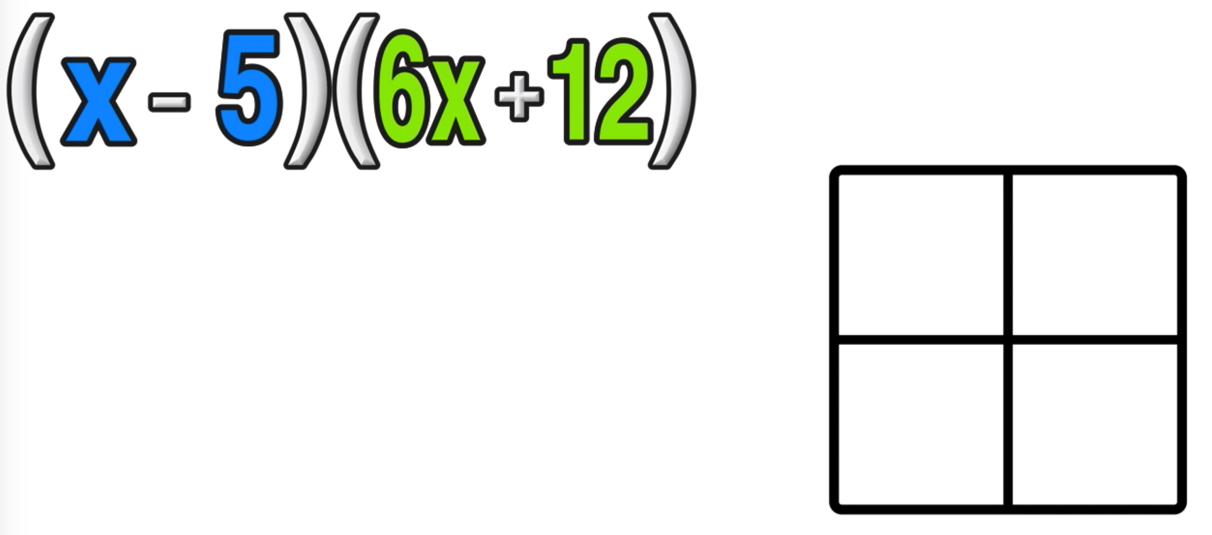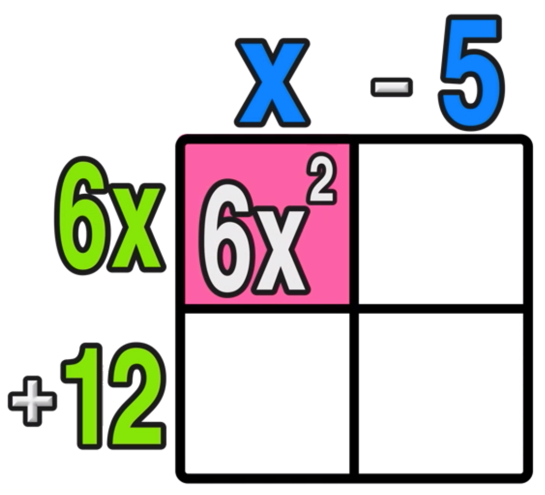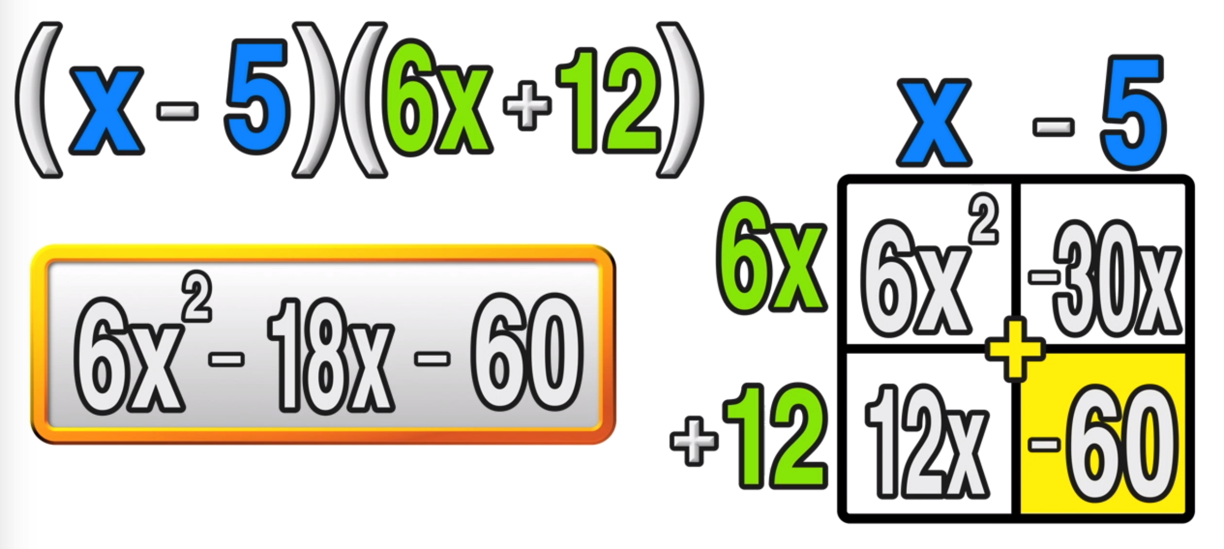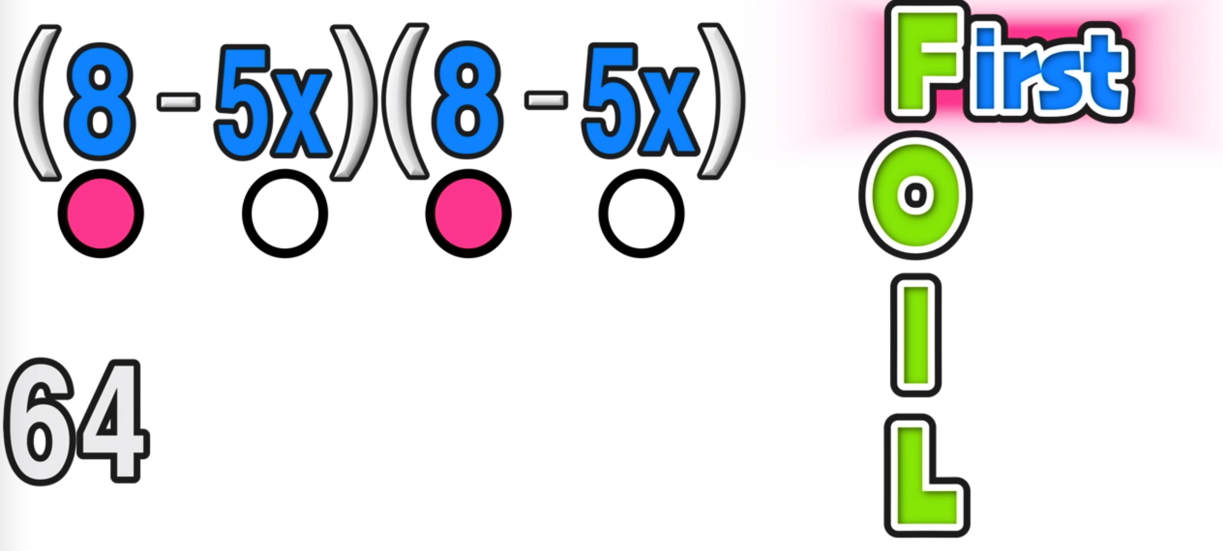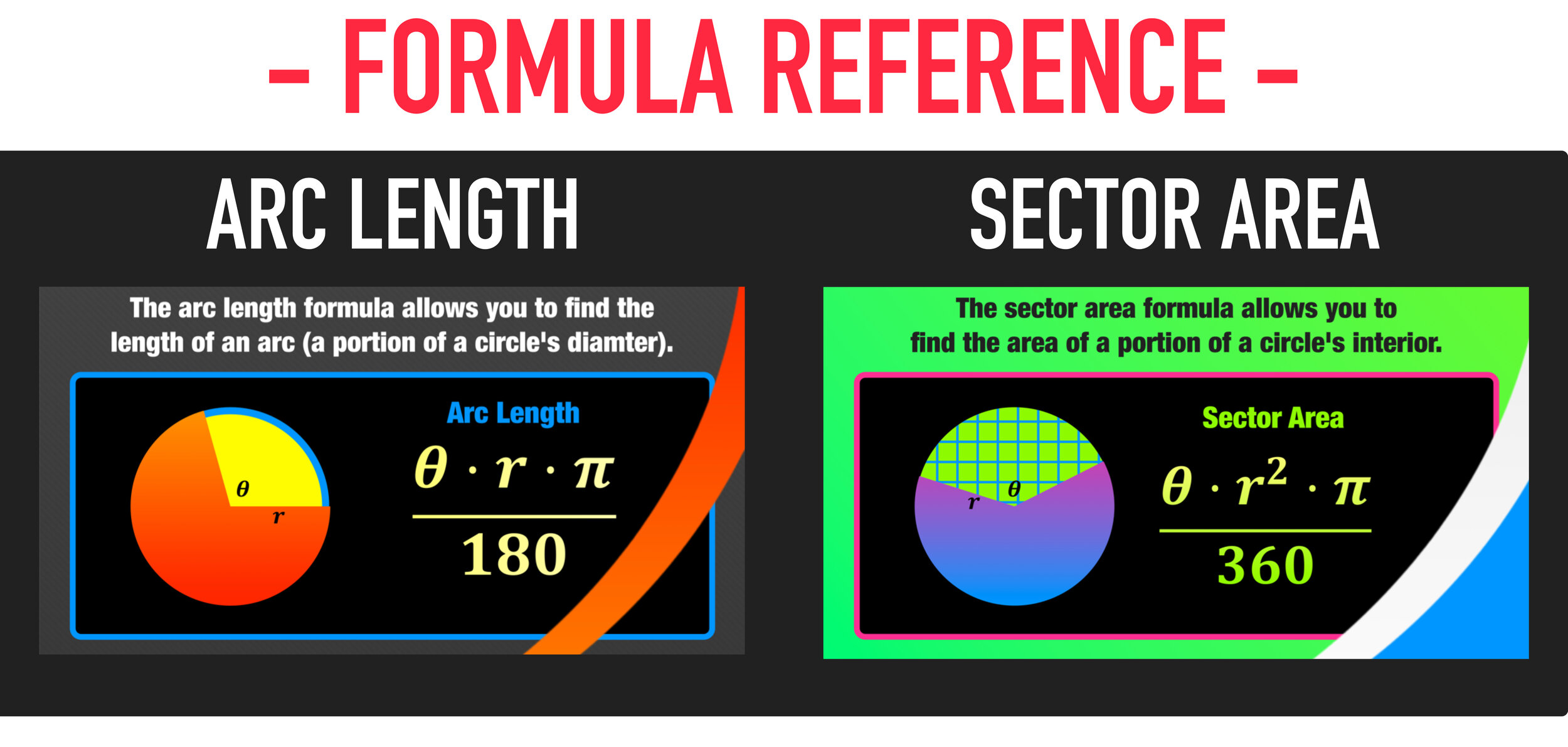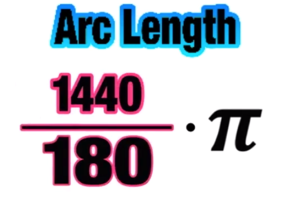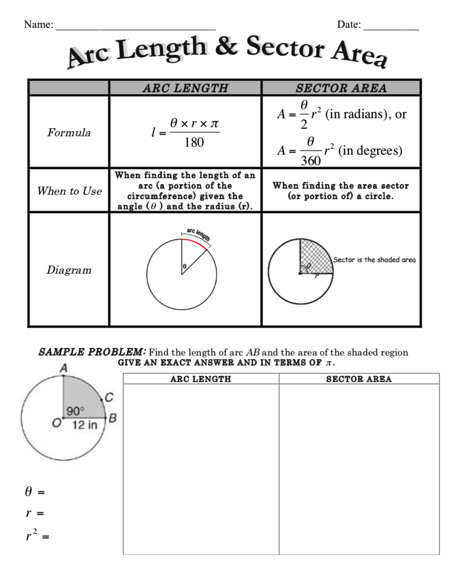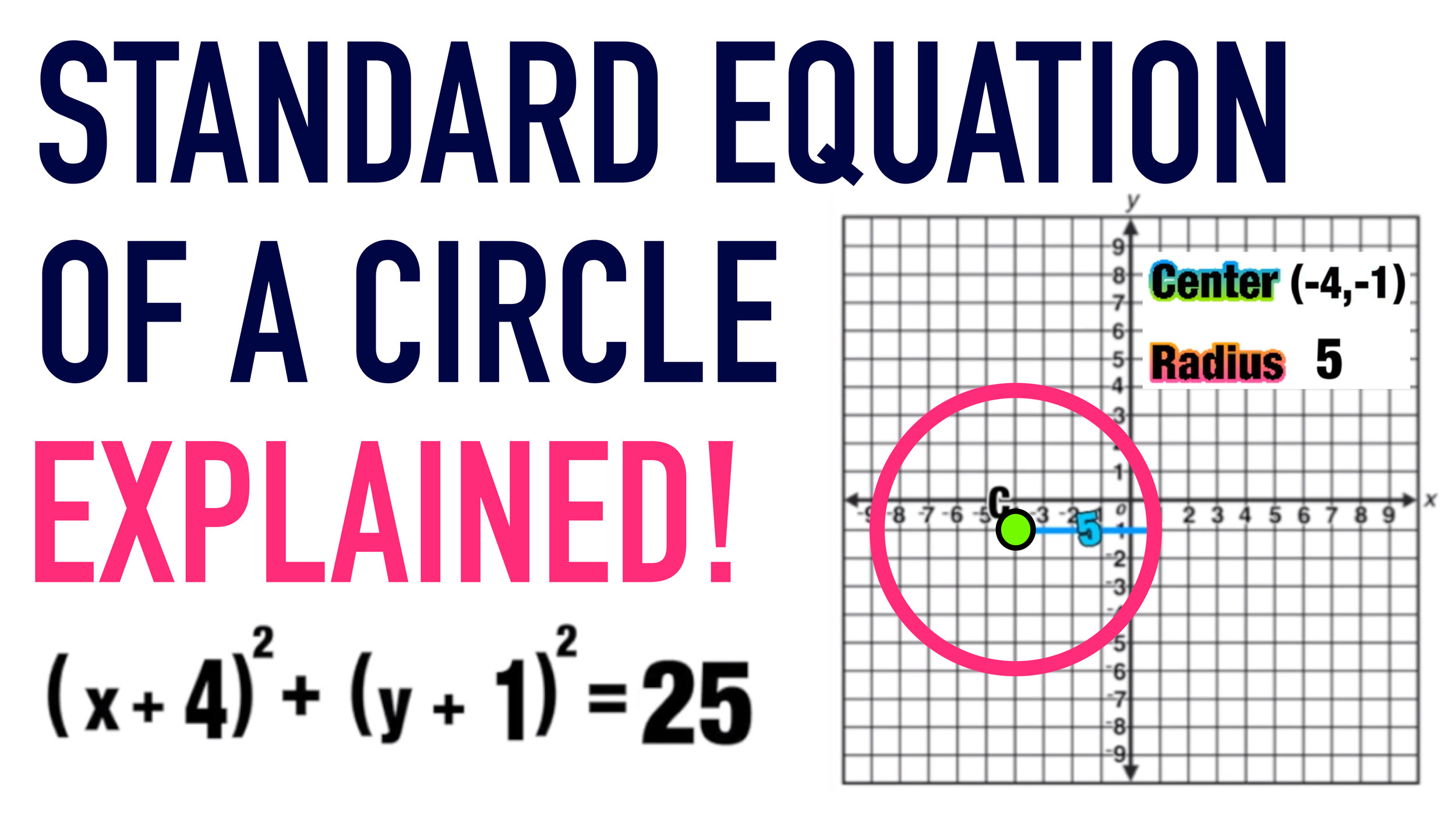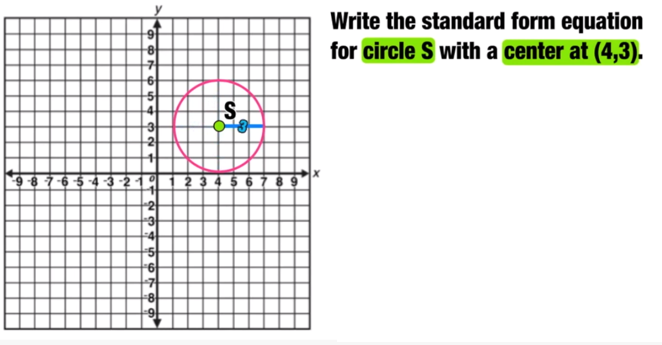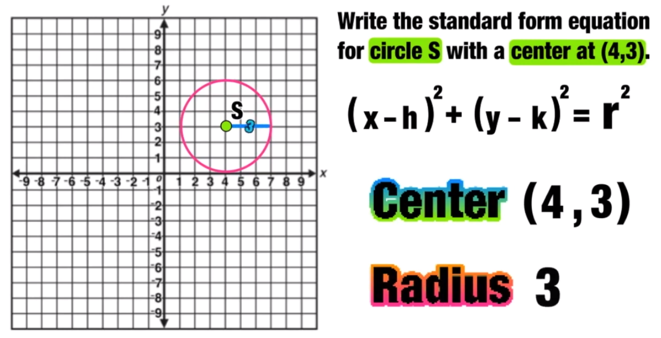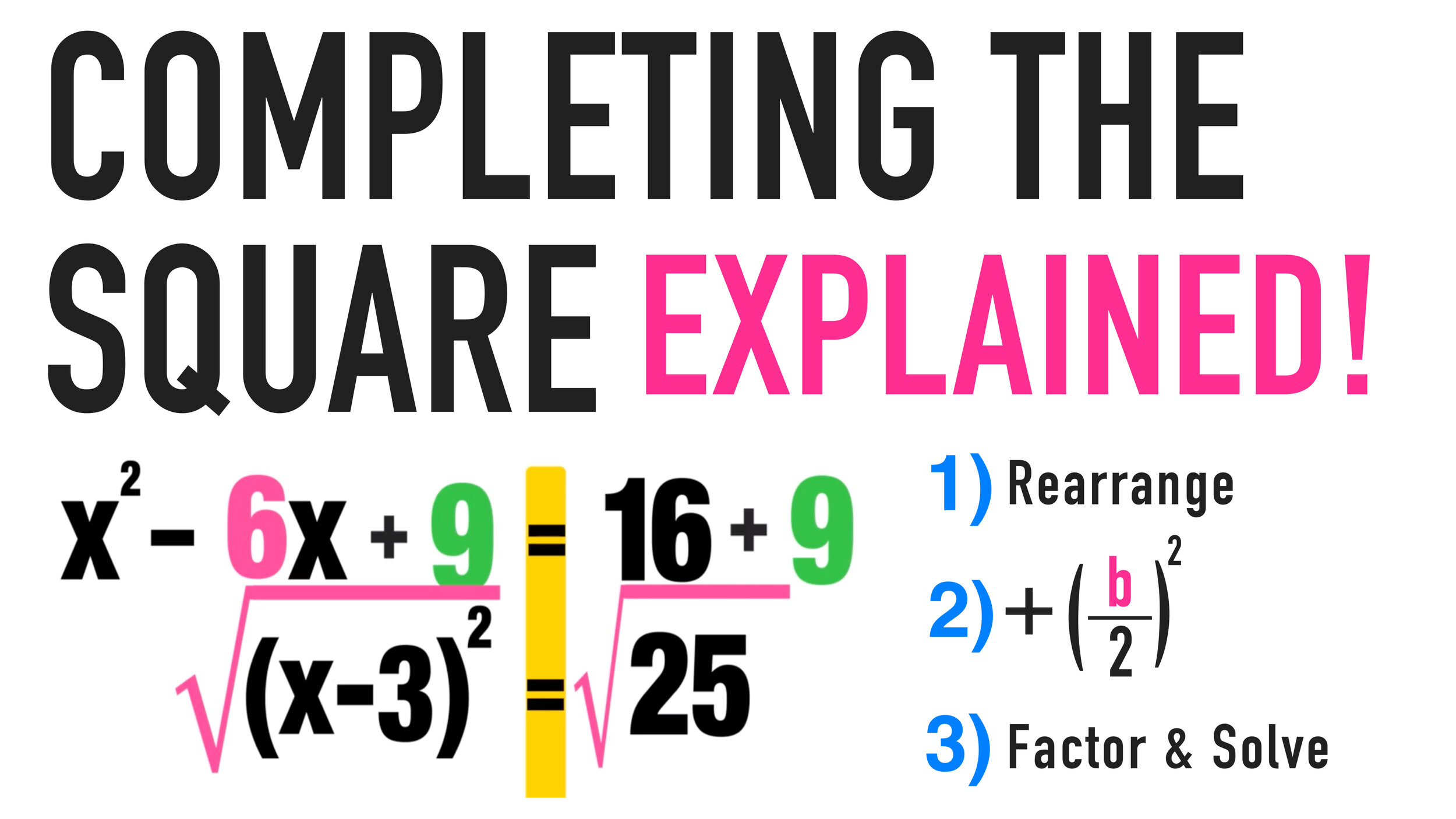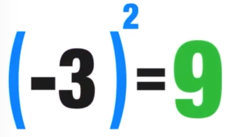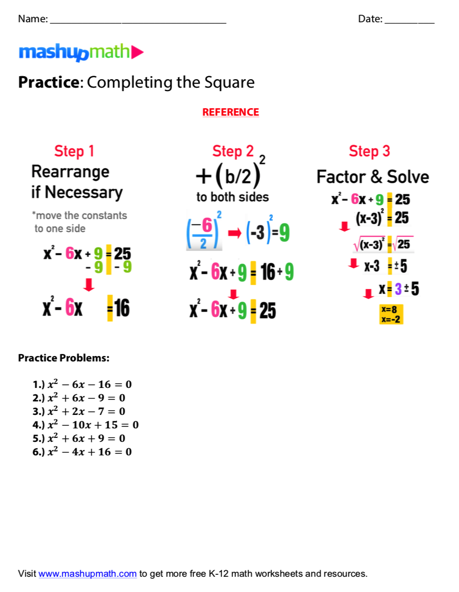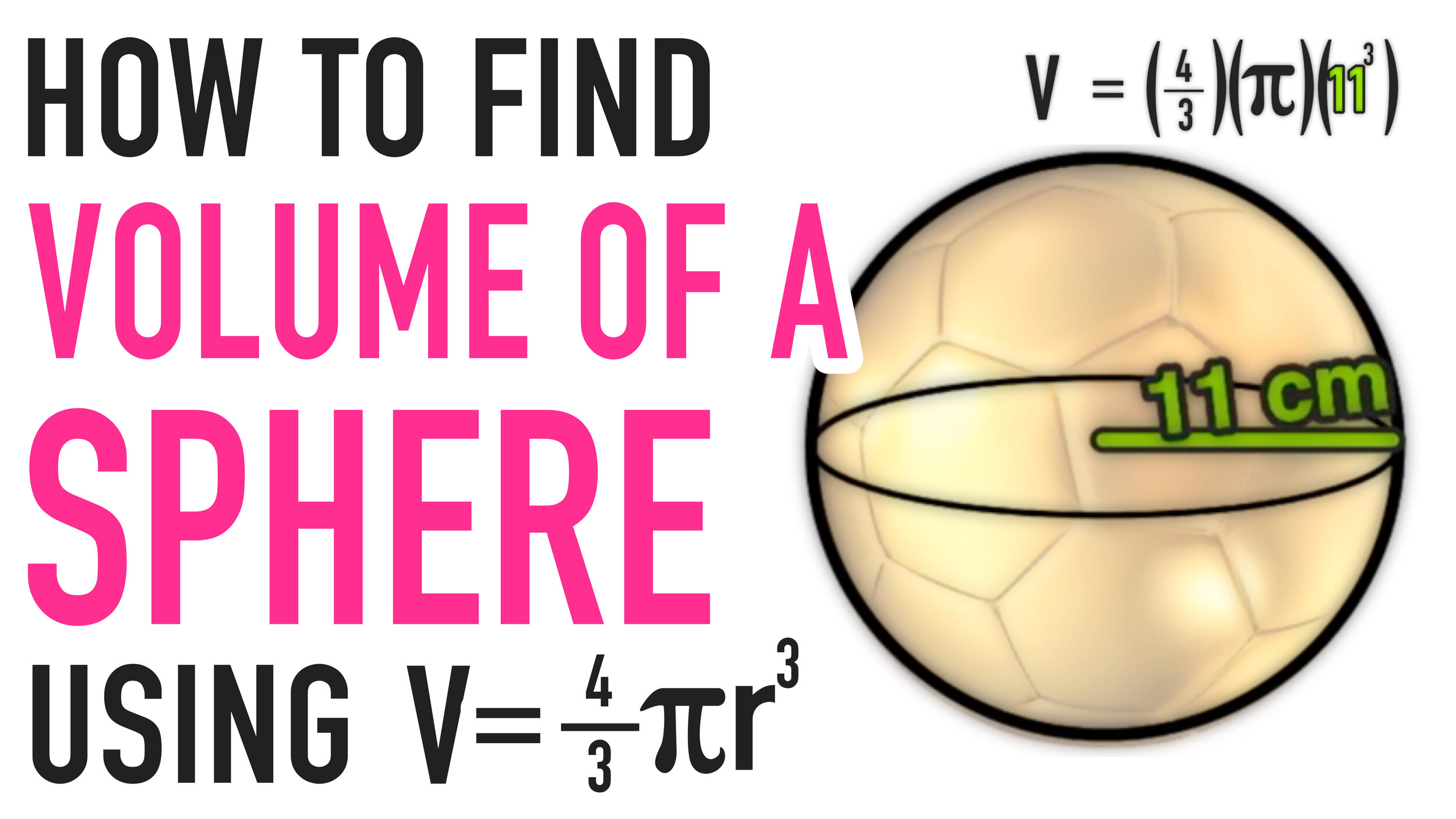Multiplying Binomials Using the Box Method Area Model and Foil Math Lesson
The following step-by-step guide will show you easy strategies for multiplying binomials including the foil method
Welcome to this free lesson guide that accompanies this Multiplying Binomials Tutorial where you will learn the answers to the following key questions and information:
How can I multiply binomials using the foil method?
How can I multiply binomials using the box method?
How can I multiply binomials using the area model method?
How can I multiply binomials using the distributive method?
This Complete Guide to Multiplying Binomials includes several examples, a step-by-step tutorial, an animated video mini-lesson, and a free multiplying binomials worksheet and answer key.
*This lesson guide accompanies our animated Multiplying Binomials Explained! video.
Want more free math lesson guides and videos? Subscribe to our channel for free!
Example 1: Multiplying Binomials Using the Box Method
The box method for multiplying binomials is also known as the area model method.
Example: Write the following in expanded form
To use the area model method or box method for multiplying binomials, start by drawing a 4x4 box.
The write the terms of the first binomial ( (x-5) in this example) along the top row and the terms of the second binomial ( (6x+12) in this example) along the left column of the box as follows:
Next, multiply the terms of each corresponding column and row (like a bingo board) as follows:
Now you four terms: 6x^2, -30x, 12x, and -60
Notice that -30x and 12 are like terms.
The final step is to combine like terms (-30x + 12x = -18x) and write your answer in expanded form as follows:
Answer: 6x^2 -18x -60
Example 2: Multiplying Binomials Using the Foil Method
The foul math method is the most common strategy for multiplying binomials. You can use it as an alternative to the box method.
Example: Write the following in expanded form
To multiply binomials using FOIL, you must follow these steps:
Note that FOIL is an acronym that stands for FIRST-OUTER-INNER-LAST
FIRST: Multiply the first terms of each binomial together. In this case: 8 x 8 = 64
OUTER: Multiply the outer terms of each binomial together. In this case: 8 x -5x = -40x
INNER: Multiply the inner terms of each binomial together. In this case: -5x x 8 = -40x
LAST: Multiply the last terms of each binomial together. In this case: -5x x -5x = +25x^2
Now you have four terms: 64, -40x, -40x, and 25x^2
Notice that there are two like terms that can be combined as follows:
The final step is to rearrange the above expression into ax^2 + bx + c form
Answer: 25x^2 -80x +64
Still Confused?
Check out this animated video tutorial on multiplying binomials using the box method and foil method (and the distributive method too!)
Extra Practice: Free Multiplying Binomials Worksheet
Free Worksheet!
Are you looking for some extra practice? Click the links below to download your free worksheets and answer key:
Multiplying Binomials Practice Worksheet:
CLICK HERE TO DOWNLOAD YOUR FREE WORKSHEET
Keep Learning with More Free Lesson Guides:
Have thoughts? Share your thoughts in the comments section below!
(Never miss a Mashup Math blog--click here to get our weekly newsletter!)
By Anthony Persico
Anthony is the content crafter and head educator for YouTube's MashUp Math. You can often find me happily developing animated math lessons to share on my YouTube channel . Or spending way too much time at the gym or playing on my phone.




